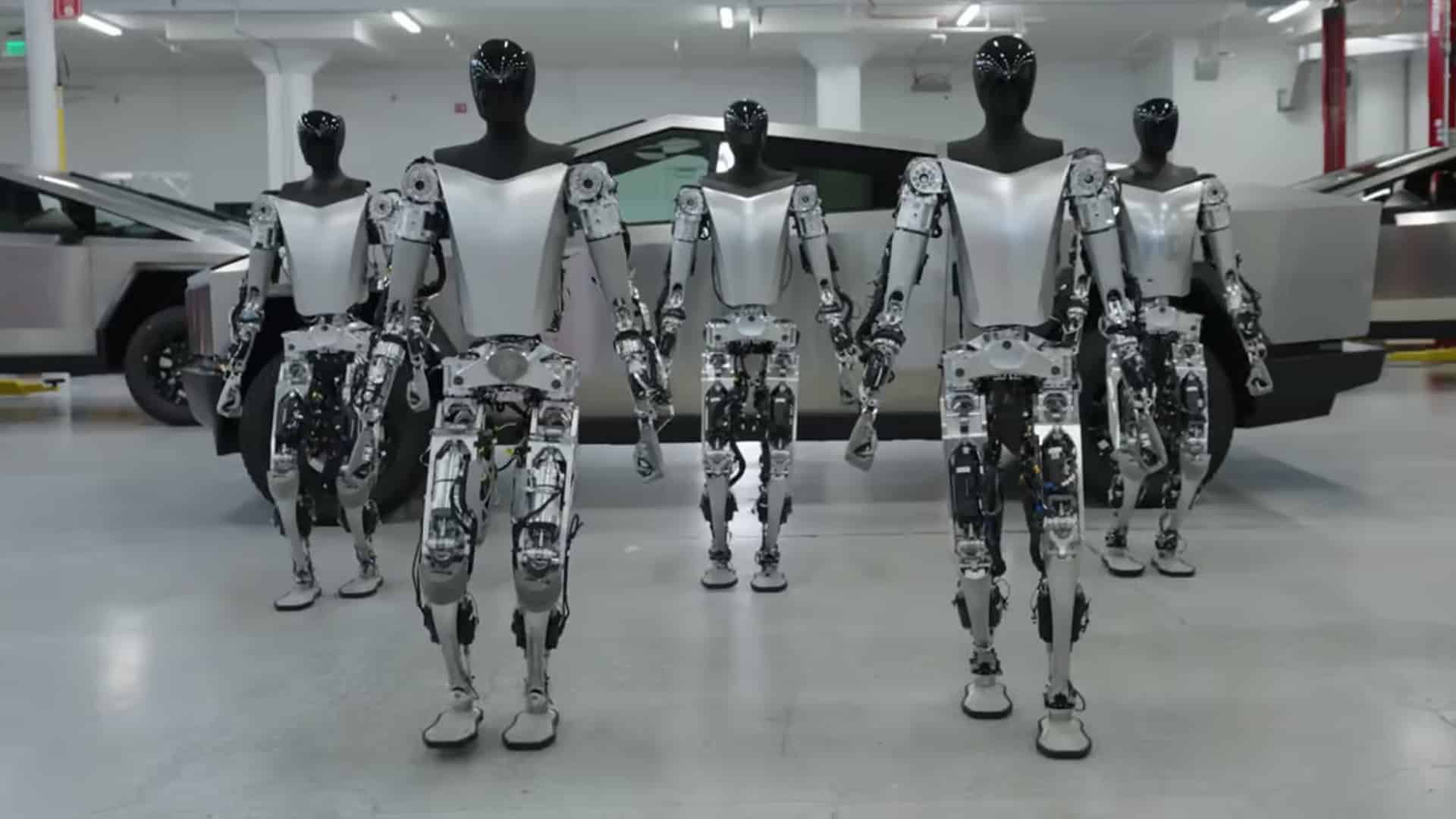Tesla has announced plans to begin large-scale production of its humanoid robot, known as Optimus, by the year 2027. This ambitious initiative marks a significant evolution in the company’s long-term strategy, signaling a move well beyond the automotive sector and into the broader field of advanced robotics and artificial intelligence.

Originally unveiled in prototype form during Tesla’s AI Day in 2021, the Optimus robot is being developed to perform a wide range of repetitive or hazardous tasks typically carried out by humans. Tesla CEO Elon Musk has suggested that Optimus could revolutionize both industrial operations and household labor, potentially becoming a major source of value for the company in the coming decade.
The robot is expected to be equipped with Tesla’s Full Self-Driving (FSD) software and neural network architecture, similar to the technology that underpins its autonomous vehicle systems. Standing approximately 5 feet 8 inches tall and weighing around 125 pounds, Optimus is designed to navigate environments and carry out tasks in a humanlike manner. Tesla envisions applications in manufacturing, logistics, caregiving, and personal assistance, among other sectors.

Musk has repeatedly emphasized the transformative economic implications of humanoid robotics. He has referred to the labor shortage as a defining challenge of the future and positioned Tesla’s robotics program as a solution with potentially “limitless” market demand.
Despite early skepticism from industry analysts, Tesla has continued to make incremental progress. Recent demonstrations have shown Optimus performing basic functions such as walking, object recognition, and precision tasks using its hands—although these capabilities remain in the early stages of development.
By 2027, Tesla aims to scale production significantly, potentially deploying thousands of these robots both internally within Tesla factories and externally to partner industries. This timeline aligns with Musk’s broader vision of AI-integrated systems that can support human labor, rather than replace it entirely.

As of now, Tesla has not confirmed a retail price for the Optimus robot, nor has it provided detailed specifications on battery life, endurance, or load capacity. However, company representatives have indicated that affordability and functionality are central to its development goals.
If successful, Tesla’s entry into the robotics market could disrupt traditional labor-intensive industries and further solidify the company’s position as a leader not only in electric vehicles, but also in applied artificial intelligence.
Source: Reuters
